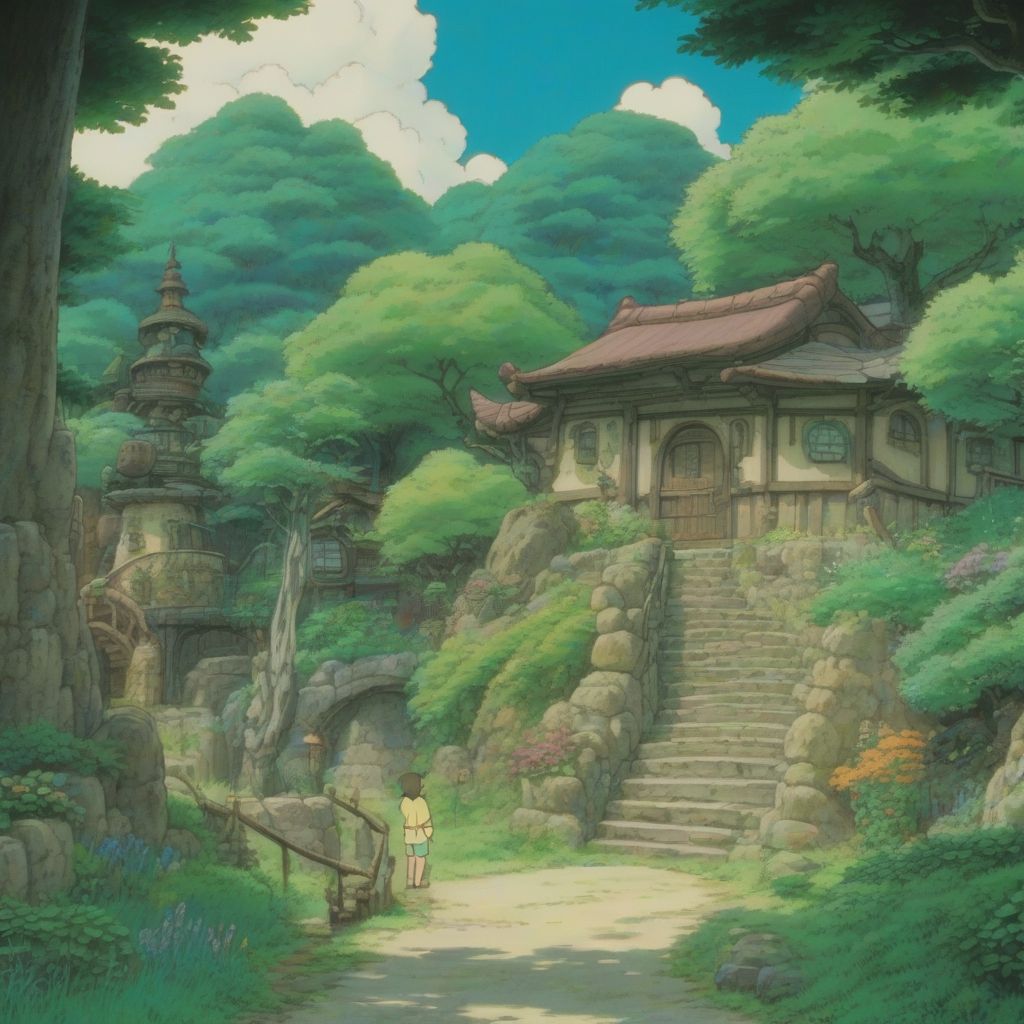Have you ever watched an anime and thought, “Wow, this feels different!”? Maybe the art style popped, the story resonated uniquely, or the characters felt incredibly real. That “something special” often comes down to the creative forces behind the scenes: the studios and creators. Just like choosing a favorite restaurant based on the chef’s style, understanding how to review anime through the lens of studios and creators can deepen your appreciation and help you discover hidden gems.
Beyond the Screen: Why Focus on Studios and Creators?
Think of your favorite anime director – Hayao Miyazaki, perhaps, or Mamoru Hosoda. Their names often signal a certain quality, a distinct style that draws you to their work. Analyzing anime through this lens of creators and studios allows you to:
- Develop a Critical Eye: You’ll start to notice the subtle (and not-so-subtle) differences in animation, storytelling, and thematic choices that distinguish studios and creators.
- Find Your Anime Tribe: By recognizing what resonates with you, you can seek out other anime from the same studio or creator, expanding your watchlist with likely favorites.
- Appreciate the Craft: Understanding the creative process deepens your connection to the anime world, turning a simple viewing experience into an exploration of artistry.
 Studio Ghibli Film
Studio Ghibli Film
Decoding the Anime DNA: Key Elements to Consider in Your Reviews
Now that we understand the “why,” let’s delve into the “how.” When crafting your anime review, here’s a breakdown of key elements to consider, keeping in mind the influence of studios and creators:
1. Animation Style and Visual Storytelling: Painting Pictures with Pixels
- Signature Looks: Studio Ghibli, known for its hand-drawn animation and breathtaking landscapes, stands in stark contrast to the sleek, CGI-heavy works of studios like Orange (known for “Beastars” and “Land of the Lustrous”).
- Character Design: Kyoto Animation (KyoAni) is celebrated for its expressive character designs and fluid animation, often focusing on slice-of-life and coming-of-age stories. Compare this to the gritty, realistic style of Studio Madhouse, known for its work on “Death Note” and “One Punch Man.”
- World-Building: Does the animation immerse you in the world, using color palettes and visual cues to evoke specific emotions? Consider the vibrant, detail-rich worlds of ufotable (“Fate/Zero,” “Demon Slayer”) versus the minimalist, symbolic approach of Science SARU (“Devilman Crybaby”).
2. Narrative and Themes: Weaving Tales That Resonate
- Genre Expertise: Some studios specialize in specific genres. Bones, for instance, excels at action-packed shonen anime like “My Hero Academia” and “Fullmetal Alchemist.” Trigger, on the other hand, is known for its over-the-top action and darkly comedic series like “Kill la Kill” and “Gurren Lagann.”
- Thematic Depth: Does the anime explore mature themes or offer social commentary? Studio Shaft, known for “Monogatari” and “March Comes in Like a Lion,” is acclaimed for its psychological depth and exploration of complex characters.
- Storytelling Techniques: Pay attention to pacing, dialogue, and how the story unfolds. Does the anime utilize flashbacks, cliffhangers, or unique narrative structures?
3. Music and Sound Design: The Unsung Heroes of Immersion
- Soundtracks That Soar: Music sets the mood and amplifies emotions. Composers like Yuki Kajiura (known for her work on “Fate/Zero” and “Sword Art Online”) create iconic soundtracks that become synonymous with the anime.
- Voice Acting Prowess: The delivery and emotion behind the voices breathe life into the characters. Note the performances of renowned voice actors and how their work elevates the storytelling.
4. The Director’s Touch: A Guiding Hand
- Auteur Theory: Just as a film director guides the vision, anime directors often have a signature style. Consider the works of Satoshi Kon (“Perfect Blue,” “Paprika”) known for their mind-bending narratives and exploration of reality.
- Collaboration is Key: While a director sets the tone, acknowledge the collaborative effort of scriptwriters, animators, composers, and the entire production team in bringing the anime to life.
 Anime Studio Workspace
Anime Studio Workspace
Crafting Your Review: Tips for Aspiring Anime Critics
- Do Your Research: Before diving into your review, research the studio and creators involved. Explore their previous works to identify recurring themes, styles, or techniques.
- Be Specific with Your Praise and Critique: Instead of saying, “The animation was good,” pinpoint what stood out. Was it the fluid fight choreography, the detailed backgrounds, or the expressive character animation?
- Context Matters: Consider the target audience and the anime’s intended purpose. A lighthearted comedy will have different goals than a thought-provoking drama.
- Your Voice is Your Strength: Don’t be afraid to express your unique perspective and opinions.
- Engage with the Community: Share your reviews, discuss your thoughts with other fans, and participate in online forums and communities to learn from fellow enthusiasts.
[amazon bestseller=”best anime art books”]
Reviewing: A Journey of Discovery
Learning how to review anime through the lens of studios and creators is an enriching journey. It’s about recognizing the artistry, passion, and hard work that goes into each frame and storyline. So, the next time you embark on an anime adventure, remember to look beyond the screen and appreciate the creative forces that shaped the world you’re about to enter.
Now, go forth and share your passion for anime with the world! What studio or creator are you excited to explore next? Let me know in the comments below.
